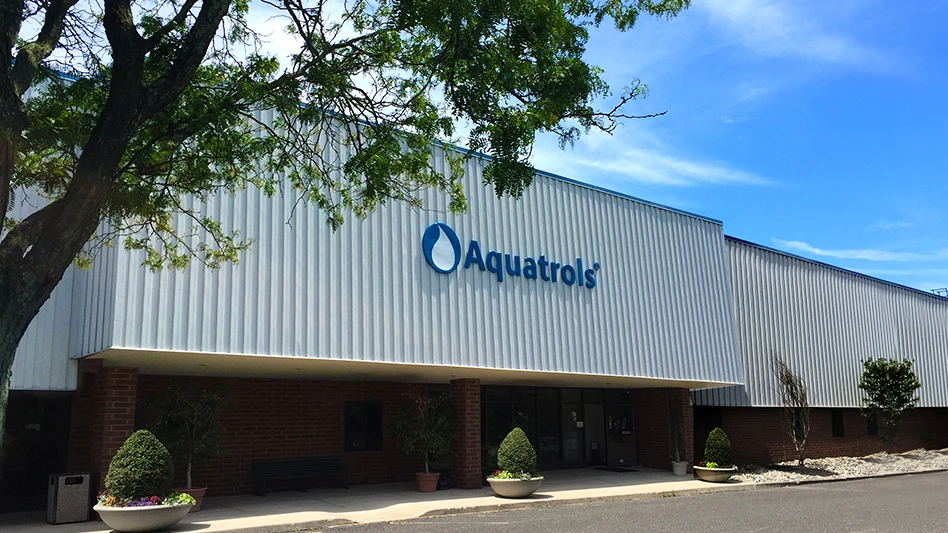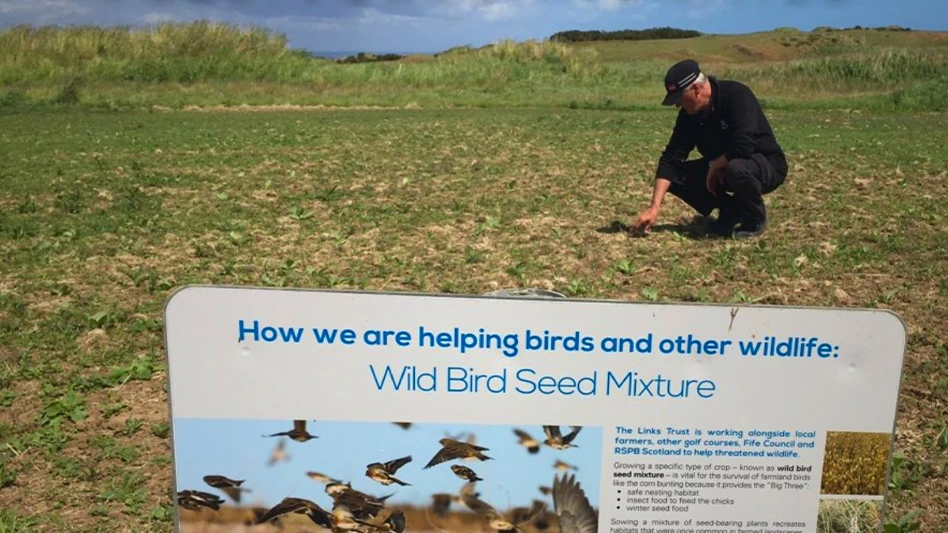"Doing more with less” is a mantra heard a lot these days. Not every golf course superintendent has the luxury of a $750,000 budget or more to keep the track he maintains in the best condition possible. The average golf course maintenance budget is $427,500, according to the 2005 GCN subscriber survey; but 40 percent have budgets less than $250,000, so there are plenty of superintendents throughout the country who face significant challenges producing a desirable product with what they have.
When working with a small budget, everybody at a facility needs to be on the same page, according to Teron Bay, CGCS, at The Willows at Kenton County in Independence, Ky.
“The whole staff, from the general manager to part-time employees, needs to understand what the reality of a small budget is,” says Bay, who has budget of $275,000 for the 18-hole course. “We all want the best possible product to give to the public/membership, but the reality is that we’re going to have to compromise on most all facets of the operation. This means all management team members have to be on the same page when it comes to expectations of the facility.”
The Willows is part of the 54-hole Kenton Golf Course, which has a maintenance budget of $800,000. A superintendent manages each 18-hole course, and one of them oversees the entire facility.
Of the $275,000 Bay works with, $190,000 is spent on labor ($130,000 of which is tied up among three guys), $40,000 is spent on chemicals, $30,000 is spent on city water and $15,000 is spent on miscellaneous items such as flags and cups.
Because of the size of the budget, Bay, who’s in his fourth year at The Willows, says he and his staff run a strong integrated pest management program and carry out more curative applications than preventive ones.
“Sometimes it works well, but sometimes we lose grass,” he says. “Being a public facility, we have acceptable levels of grass loss before losing customers. The acceptable level on the bentgrass greens is zero, but on the bentgrass fairways and tees, it’s about 10 percent. We’re blessed with large tees.”
Operating with a small budget makes it difficult for superintendents to be on target at the end of the fiscal year. Last year, Bay says he met budget; but this year, he says he’ll be a little over because of the dry fall the area experienced last year. Bay lost a lot of grass, so he spent money to grow it back.
Budget pressures
With a budget of $100,000, $57,000 of which is spent on labor, staffing is the biggest challenge that faces Cameron Tuss, golf course superintendent at the nine-hole Signal Point Golf Course in Fort Benton, Mont. During the winter, Tuss is the only one working at the course. However, he has three part-time employees who work from April through November. Because of the small staff, it’s a challenge to get everything cleaned up and in shape in the spring, he says.
“I usually do daily maintenance work that, on other courses, a general laborer would do,” he says. “I spend a lot of time on the mower, and because of that, I get behind on paperwork; and projects fall behind sometimes, too. Right now, I’m working on expanding a tee box. I work on it for a couple of hours whenever I can.
“Things might not get done as often as on other courses, but we get compliments about the course because the golfers know how small our budget is,” he adds.
Aside from staffing, rounds have put pressure on Signal Point’s operation. During the past five years, Tuss’ budget has decreased $10,000, mainly because of the decline of the number of rounds played and annual memberships. The city-owned facility has 105 members. A single membership is $350, and a family membership is $550.
“We average about 10,000 rounds a year, but the average age of the people in the community keeps increasing, and we’re losing memberships,” Tuss says.
Competition also is putting pressure on Signal Point. It’s coming from Great Falls, which is 36 miles away and has two city courses, one private course and one executive course. There also are many nine-hole courses in a 200-mile radius.
Additional pressures are caused by the local economy, which isn’t thriving because it’s a farming town, according to Tuss.
Despite a gloomy outlook, Tuss says the golf course won’t close because the members won’t let it happen. The board of directors is trying to increase play through advertising, promotions and group play.
Just the basics
At the 18-hole Ontario (Ore.) Golf Course, golf course superintendent Mark Copley says the $230,000 maintenance budget, 60 percent of which is for labor, allows him to accomplish basic maintenance needs but few course improvements.
When Copley came to Ontario five years ago, the budget was $280,000, and the revenue fell way short of that, he says. For the past three years, the budget has been $230,000. Three years ago Copley was under budget considerably, but last year he was about $8,000 over budget, partly because of a green renovation project, sewer project and new heating and cooling in the clubhouse. So far this year, he’s a little above budget.
Even though Copley doesn’t have much to work with, golfers are supportive of Ontario, he says. When he arrived at the course, it was in bad shape. Since then, he has been making improvements, but the course is only half-way to where he would like to see it. Copley says he and his staff put a lot of pressure on themselves and set their own expectations, which are greater than the public’s.
“I’m fortunate to have an extremely dedicated staff – they live and breathe this course,” he says.
If he had a budget to finance improvements, the two biggest ones he would make would be on the bunkers and irrigation system. However, he does little things, such as bunker edging and refilling during the off-season to improve the course. He completed two minor irrigation improvements to get better coverage in some areas. He’s also in the process of redigging eight bunkers that have been grassed in. He has finished three so far.
Even though Copley’s budget is too small to finance a renovation or considerable improvement projects, he was able to rebuild half of a green that was damaged from black layer last spring. The project cost was about $10,000 including labor. Copley held a fund-raiser to generate money to help pay for the rebuilding of the green. Most of the cost was covered by the funds raised, but not all. Some funds came from the budget, but it didn’t take that big of a hit, he says.
Ontario features bentgrass and Poa annua on the greens, which are push up and sand-based; tees are bluegrass, bentgrass and Poa; and the fairways are a mix of Kentucky bluegrass, ryegrass and Poa. Courses with larger budgets most likely would spend the time and money to eradicate the Poa, especially on the greens, but at Ontario, it’s too costly to remove.
Despite not being able to make the improvements he wants, Copley says the conditions of the course won’t slip too far.
“If we need it, we’ll get it,” he says. “The bottom line is the golf course, and we don’t willingly take from that.” GCN

Explore the July 2006 Issue
Check out more from this issue and find your next story to read.
Latest from Golf Course Industry
- The Aquatrols Company adds former superintendent to its R&D team
- Heritage Golf Group expands into Tennessee
- Making the grade — at or near grade
- PBI-Gordon receives local business honor
- Florida's Windsor takes environmental step
- GCSAA names Grassroots Ambassador Leadership Award winners
- Turf & Soil Diagnostics promotes Duane Otto to president
- Reel Turf Techs: Ben Herberger





